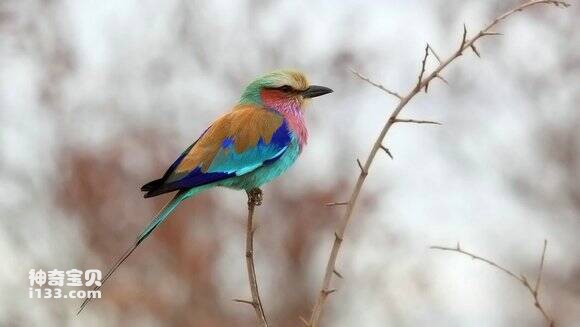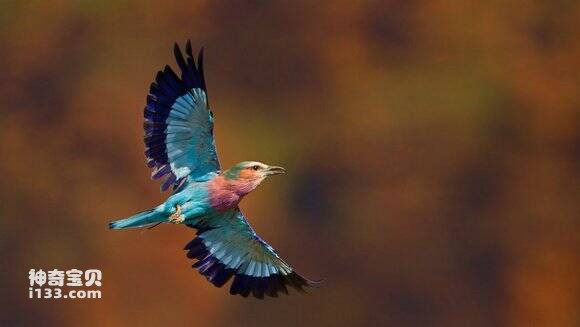Coracias caudatus
IUCN
LCBasic Information
Scientific classification
- name:Coracias caudatus
- Scientific Name:Coracias caudatus,Lilac-breasted Roller
- Outline:Climbing birds
- Family:
Vital signs
- length:26-30cm
- Weight:87-135g
- lifetime:No textual research information is available
Feature
Distribution and Habitat
The purple chest Buddhist monk is widely distributed in sub-Saharan Africa and the southern Arabian Peninsula. Angola, Botswana, Burundi, Democratic Republic of the Congo, Ethiopia, Kenya, Lesotho, Malawi, Mozambique, Namibia, Rwanda, Somalia, South Africa, Eswatini, United Republic of Tanzania, Uganda, Zambia, Zimbabwe, Eritrea, Oman.
Appearance
The purple chest Buddhist monk is a medium climber. The beak is stout and broad, tapered but the apex slightly curving with hooks. The base of the second and third digits are joined. The wings are long and pointed. The tail is long and mostly square. The typical plumage is blue and green. The male bird will fly high and dive down, making a high-pitched sound. Male and female birds are similar in color. Young birds do not have the long tail feathers of adults.
Details
Coracias caudatus and Lilac-breasted Roller are unknown.

Purple chest Buddhas like vast woodland and grassland, group or solitary, living in a variety of environments, from mountains to plains, around rivers and lakes; Large forests to gardens and fields near settlements; From the water, in the soil, on land and in the air, they all depend on the environment. Sanjiu Station; They are also good at flying, like butterflies flying high in pursuit of flying insects, and suddenly flapping their wings to locate a point in the air (flapping to peep at the surface of the water), and then diving into the water to catch things. In addition to feeding, which is obtained by the above means of flight, there are also flying insects that burst out of the space from the branches like the flycatcher; Some pecked at wild fruits on the branches, and some pecked at fallen fruits on the ground or chased insects and ants. The call is generally simple and lacks a graceful song. Purple chest Buddhas mainly eat insects, lizards, scorpions, snails, small birds and ground rodents.

Purple chest Buddhas breed in caves, digging tunnels for nests in natural tree holes or in embankments, hillsides, tombs, and earth walls along mountain sides. Lay 1-8 eggs at a time, generally white, no spots; Both parents incubate the eggs together and become aggressive, incubating the eggs for 18-24 days and feeding the chicks for 3-4 weeks. During the breeding season, the male will fly high and dive downward, making a high-pitched sound. Male and female birds are similar in color. Young birds do not have the long tail feathers of adults.
Listed in the International Union for Conservation of Nature Red List of Threatened Species (IUCN) for 2016 ver 3.1 - Not Threatened (LC).
Protect wild animals and eliminate wild meat.
Maintaining ecological balance is everyone's responsibility!








